Note: Three say they no longer offer the Home Signal box.
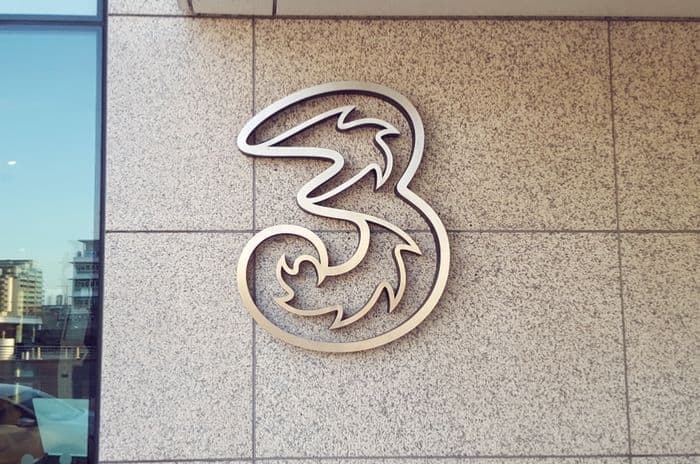
I got to test the Home Signal box because my Dad got a Three contract despite the fact that his house is almost exactly in the bull's eye of a signal blackspot.
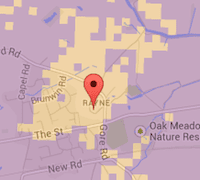
Overall, I thought it was great, especially considering that it was free.
It was unobtrusive, fairly easy to set up, really easy to use, aside from a few minor downsides.
More importantly, it really worked: from a starting point of no signal at all both my Dad and I (you can add more than one number) got great reception all around the house.
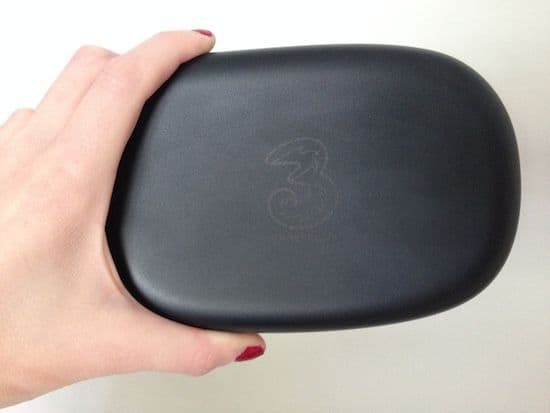
SOURCE: Choose. The Three Home Signal cell.
If you're struggling to make calls and send texts at home because you live in a rural notspot, basement flat or inexplicably thick-walled house and you have home broadband this gadget could really help.
How it works
Femtocells, also called Small Cells, are basically very, very small versions of mobile base stations.
As you can see very roughly in the very rough diagram below, they connect with the mobile network using a fixed line broadband connection to get in touch with the network's key infrastructure.
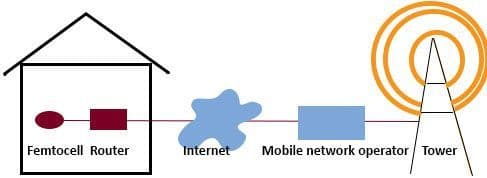
SOURCE: Choose
This allows the femtocell to transmit a weak 2G signal which can be picked up by authorised mobile numbers (Three allow customers to add up to 32 Three contract or pay as you go numbers for each cell).
Setting up
From a user perspective, this simply means plugging the Three Home Signal box in to a power socket and connecting the ethernet cable to your home broadband router.
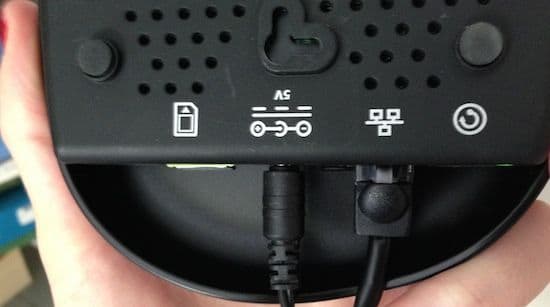
SOURCE: Choose
These components were easy to fit together and the Home Signal was soon flashing with a green light, the sign that it's searching for a signal.
The light soon stopped flashing and our phones' reception improved throughout the house, even far from the cell. The whole process took less than 20 minutes.
Three also have a good video on setting up and they can also offer help over the phone, since you'll need to call anyway to get hold of one of these handy little devices in the first place.
Getting hold of Home Signal
Three don't go out of their way to advertise the Home Signal box and even the page about the box on their site doesn't actually say how you can get one.
That turned out not to matter very much, though, because Three customer services knew what we were talking about right away when we called up using the general contact number.
Even so, the process of getting hold of the box was a bit long winded.
First we were asked a series of technical questions then, because signal in the area was supposedly being upgraded, we were even made to wait for that to happen to see if it made a difference (it didn't) and then we were treated to an extended lecture on how having better signal could increase mobile data costs.
It's understandable that Three want to make sure that they're only sending out free tech to people that actually are suffering major signal problems but the whole thing also felt a bit like getting turned away three times before you can convert to Judaism, they're making sure you really want it.
Having said that, the Three staff we spoke to were helpful throughout the process and more so once we had jumped through all the hoops and they registered the numbers that would be using the cell.
It's possible to register up to 32 Three numbers, though only four devices can actually use the Home Signal at a time.
Boosting home signal: the downsides
All in all, I found the Home Signal box to be really easy to set up and very effective at improving signal within the home.
However, there are a number of downsides.
Although Three loan the Home Signal for free it must be returned when it's no longer needed. Failure to return means being charged £75.
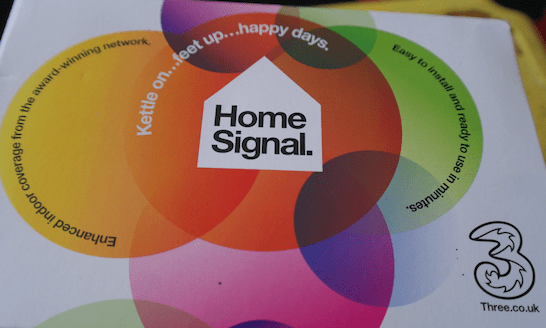
SOURCE: Choose.
In addition, because the femtocell uses the home broadband it will use up data, which may be concerning for anyone with a usage limit on their home broadband connection.
Three say that the average Home Signal box uses about 500MB of data in a month (so around half of 1GB) but the more calls or texts you make in the home, the more data it's going to use.
A rule of thumb is that an hour making a phone call will use 37MB, however, so, whichever way you cut it, it's not a great deal of data.
Finally, the range of the Home Signal is only about 15 metres. That was fine in the home we tested - signal was available throughout the house - but larger properties might still find that reception is lacking in some areas.
It's also worth noting that the cell is meant to transmit signal within the house. That seemed accurate based on our test: a few steps outside of the house, the signal died to pre Home Signal (i.e. zero) levels.






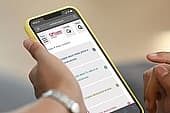
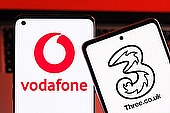
Comments